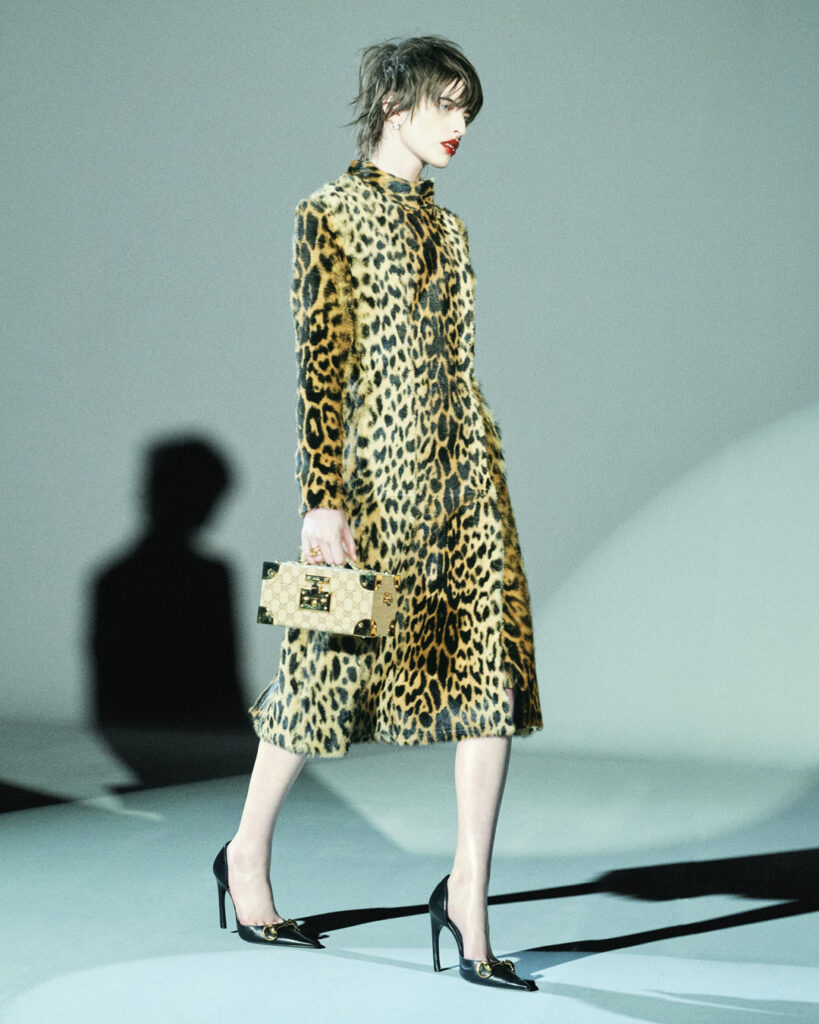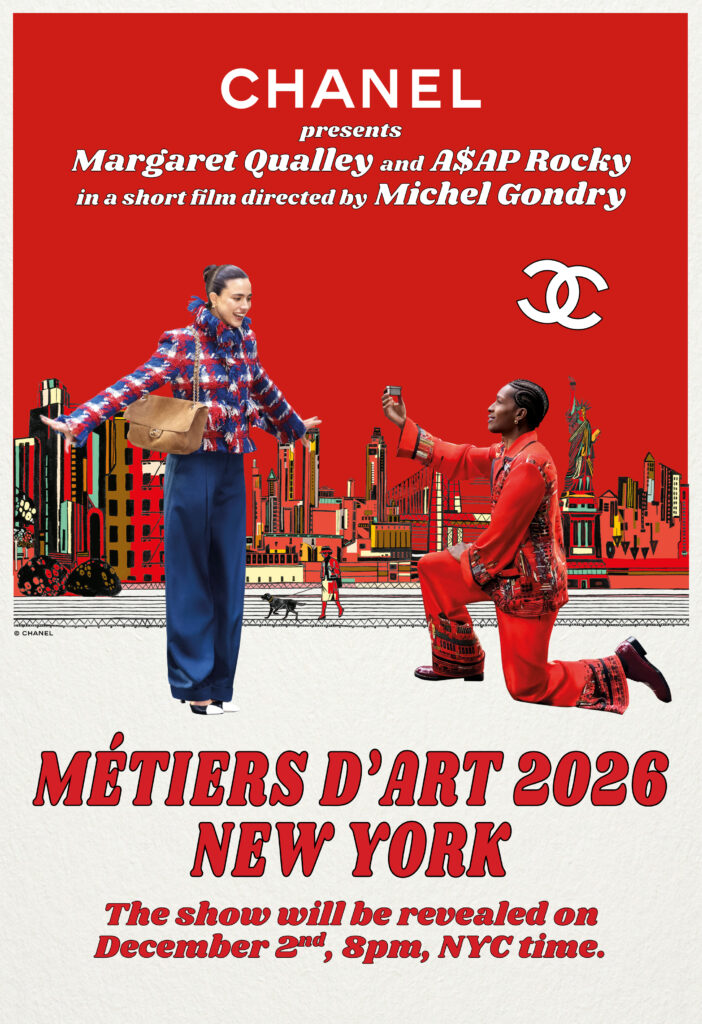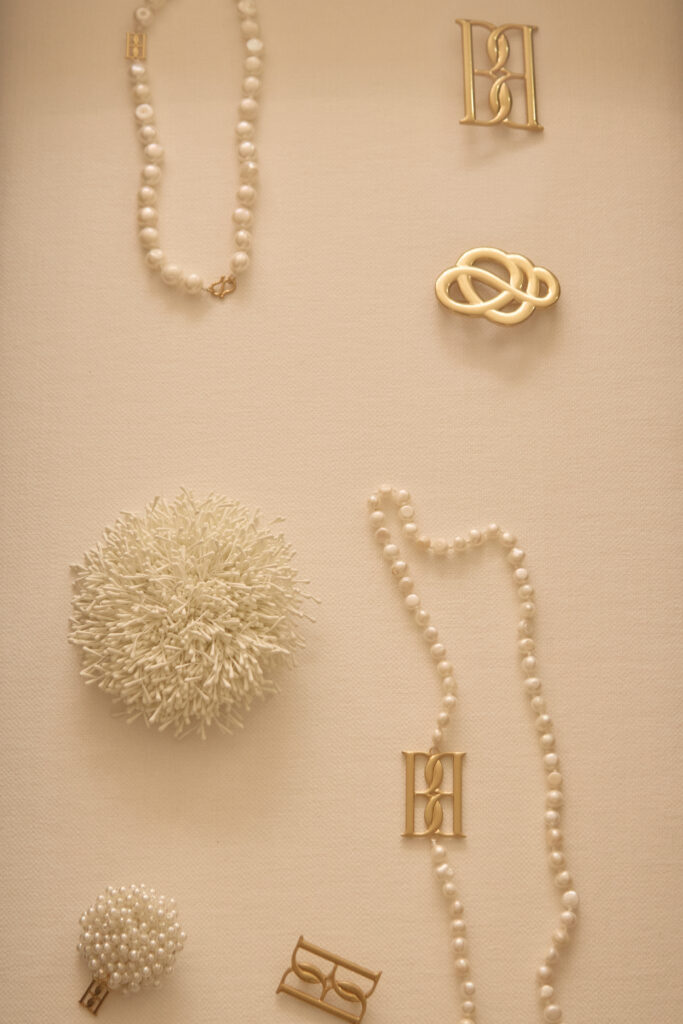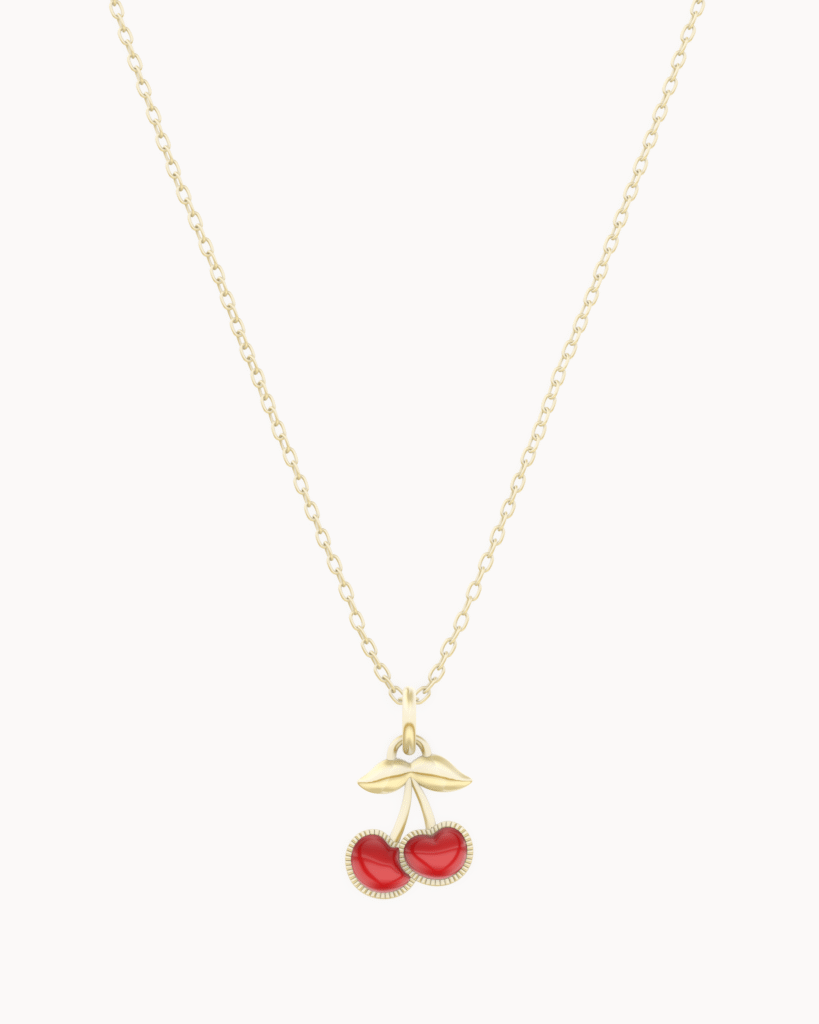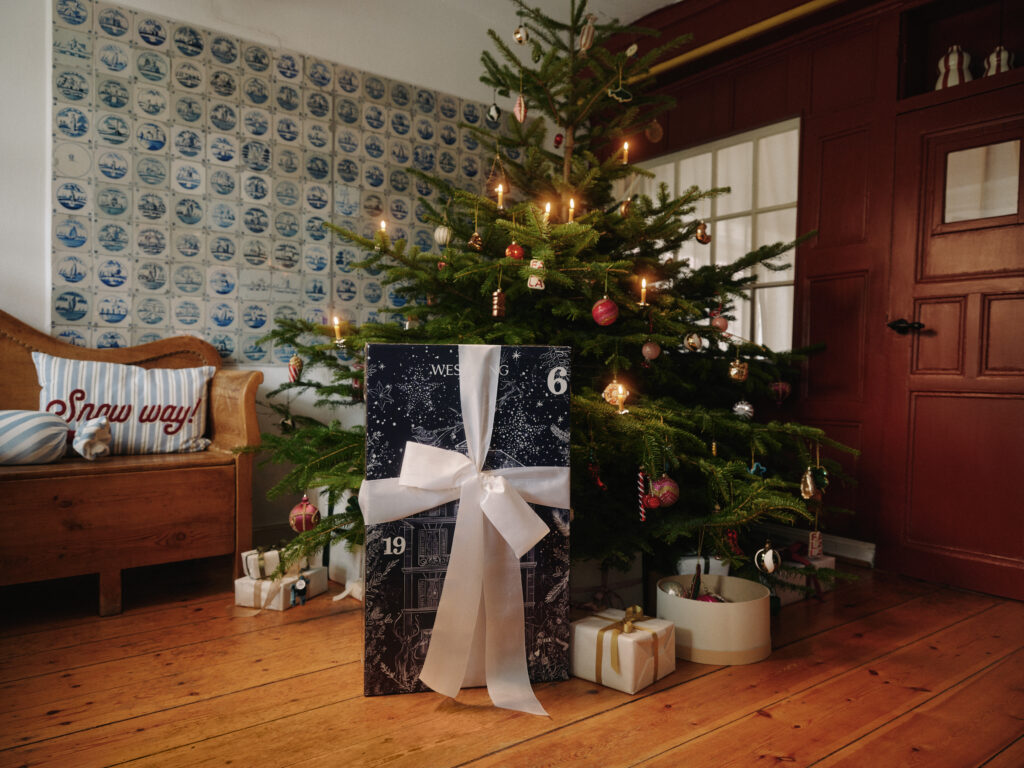GENERATION GUCCI
GENERATION GUCCI images courtesy of Gucci Milan, 4 December 2025 — Generation Gucci unfolds as a lookbook shot by Demna, envisioned as an archive-inspired show that never took place. The project reflects his ongoing exploration of Gucci’s visual and historical codes across decades, merging multiple eras into a single aesthetic story. It offers an early glimpse of Demna’s perspective on the House ahead of his full debut in February. The collection opens with lightweight tailoring in archival silk faille, developed to feel time-worn. Womenswear pieces close with discreet clasps in place of buttons, from two-piece suits with legging-fit trousers to the definitive Gucci pencil skirt. Minimalist jeans are constructed without seams, with invisible pockets and concealed closures. Silk travel suits channel pyjama-like ease, while surfer wetsuits inspire technical mocknecks and a sculpted leather bodycon jacket. Outerwear appears weightless and tactile: coats crafted from strips of shearling, silk, goat hair, and feathers, intricately linked over sheer bases. The party wardrobe leans into lingerie codes — silk blousons, draped miniskirt sets, and fluid gowns in jersey and chiffon. 70s and 90s signatures are reinterpreted through racer jackets with the Web stripe, sliced Double G belt buckles, head-to-toe leather and suede, and equestrian-print silk ensembles referencing heritage scarves. Footwear emphasises sharp silhouettes: Valigeria-inspired ballerinas return in men’s sizing, while loafers gain the featherlight feel of dance shoes. Stilettos feature cushioned footbeds and seamless sculpted heels, and classic loafers dotted with metal spikes echo personalised heirlooms. Bags focus on modern versatility. The Lunetta Phone+ bag in monogram canvas and chainmail accommodates everyday essentials. The Jackie 1961 appears in a compact rectilinear shape or as a magnified soft calfskin model, while the Dionysus evolves into a sharper, more angular silhouette. This release also marks the introduction of Spalt PR as Gucci’s new press representative in Sweden.

